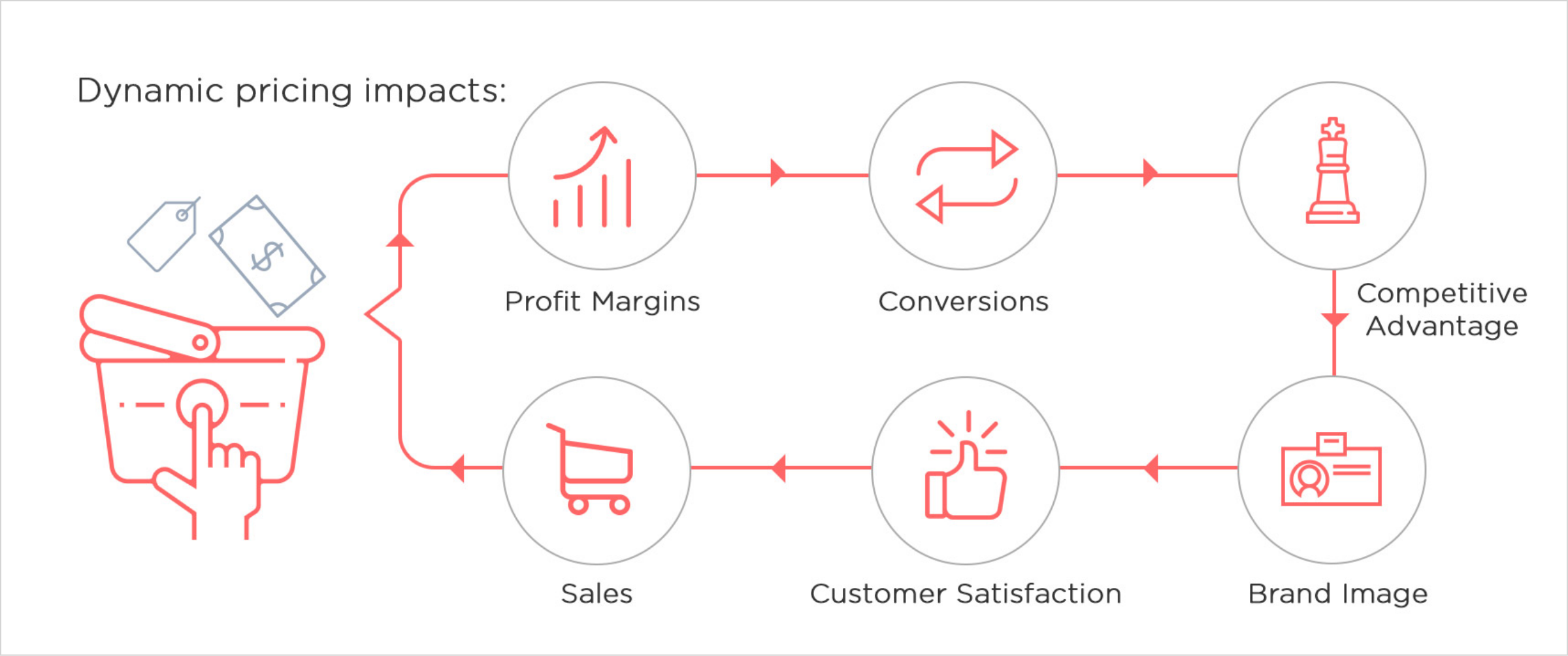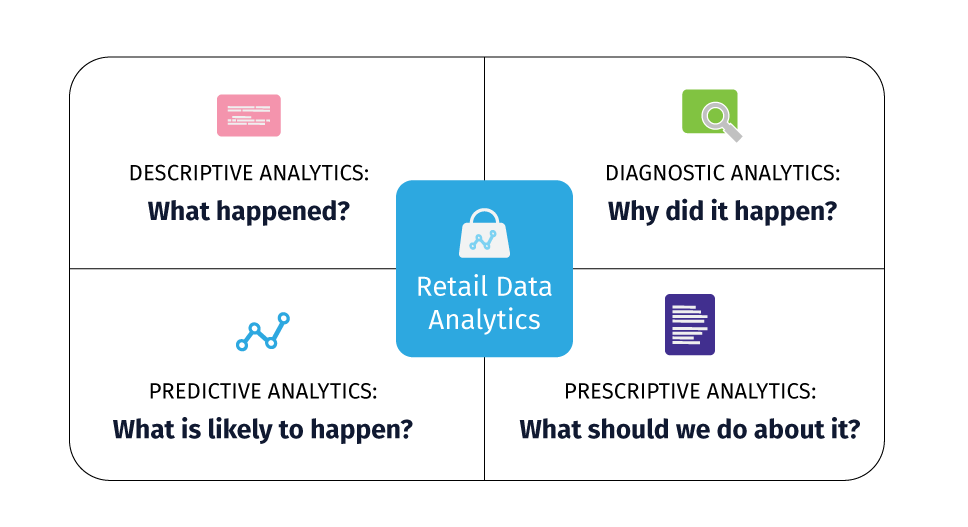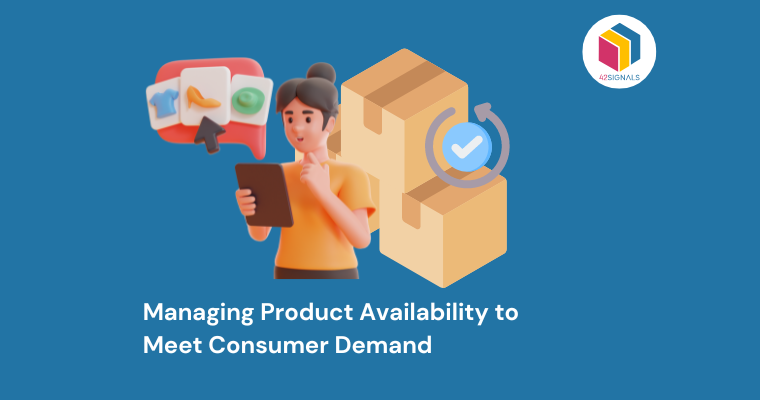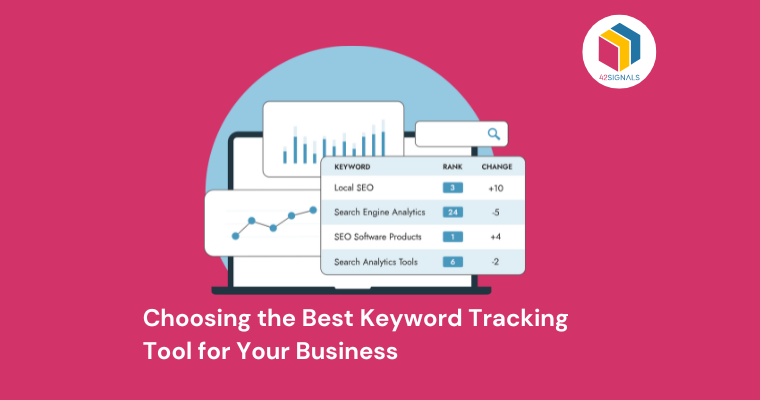Today’s retail space is driven by more than one factor; it’s competitive, fast-paced and can be extremely tough to sustain a loyal customer base. That’s why determining the optimal pricing becomes crucial and developing the right pricing strategy necessary.
This is where retail pricing analytics comes into play. By leveraging data and adopting advanced techniques, retailers can gain valuable insights into customer behavior, market trends, and competitive dynamics to make informed pricing decisions.
Understanding Retail Pricing Analytics
Retail pricing analytics involves the use of data analysis techniques to understand and optimize pricing strategies. It helps retailers identify opportunities for price adjustments, understand customer price sensitivity, and predict demand patterns. By decoding the data, retailers can uncover hidden patterns and make data-driven decisions instead of relying on intuition alone.
The Role of Data in Retail Pricing Strategy
Data is the foundation of any effective pricing strategy. It helps retailers understand customer preferences, shopping patterns, and purchasing behavior. By collecting and analyzing data from various sources such as sales transactions, customer reviews, and competitor prices, retailers can gain insights into market trends, identify pricing gaps, and adjust prices accordingly.
Furthermore, retailers are fully enabled to segment customers based on their price sensitivity. Identifying homogeneous customer segments aids retailers in tailoring pricing strategies that appeal to each group.
For instance, price-sensitive customers may respond better to discounts and promotions, while value-conscious or upmarket customers may be willing to pay a premium for premium products or services.
Key Metrics for Retail Pricing Success
To achieve optimal results with pricing analytics, retailers must monitor and analyze several key metrics. These metrics provide valuable insights into pricing effectiveness and profitability:
- Gross Margin: A straightforward equation – Gross margin, measures the difference between the cost of goods sold and the selling price and is a primary metric that helps retailers understand the profit margin associated with each product or category.
- Price Elasticity: Price elasticity measures how sensitive customer demand is to changes in price. By understanding price elasticity, retailers can adjust prices to maximize sales and profitability.
- Competitive Pricing: Monitoring competitor prices is crucial for retailers to stay competitive. By comparing their prices to competitors, retailers can identify opportunities to adjust their pricing strategy or offer price-matching guarantees.
- Customer Lifetime Value (CLV): CLV represents the predicted revenue a customer will generate over their lifetime with the retailer. By understanding CLV, retailers can determine the maximum amount they can invest in acquiring and retaining each customer.
Implementing Pricing Optimization Techniques
Implementing pricing optimization techniques requires a systematic approach that combines data analysis, technology, and a deep understanding of market dynamics. Some strategies to consider:
- Dynamic Pricing: Dynamic pricing involves adjusting prices in real time based on factors like demand, inventory levels, and competitor prices. By continuously monitoring and analyzing market conditions, retailers can set prices that optimize revenue and profitability.
- Price Bundling: Bundle pricing involves offering multiple products or services together at a discounted price. This strategy not only entices customers to purchase multiple items but also helps retailers increase their average order value.
- Promotions and Discounts: Regularly offering promotions and discounts can help retailers attract price-sensitive customers and drive sales. By analyzing the impact of different promotional strategies on sales and profitability, retailers can fine-tune their approach and maximize results.
- Optimized Markdowns: Markdowns are temporary price reductions aimed at selling excess inventory. By analyzing historical sales data, market trends, and inventory levels, retailers can determine the optimal timing and discount level for markdowns to achieve maximum sell-through and minimize losses.
Strategies for Analyzing and Interpreting Retail Pricing Analytics
Making sense of retail pricing analytics requires a thoughtful approach to data analysis and interpretation. Here are some strategies to help retailers analyze and interpret pricing analytics effectively:
- Segmentation Analysis: By segmenting customers based on various attributes like demographics, preferences, and purchasing behavior, retailers can gain insights into different customer segments’ price sensitivity and tailor pricing strategies accordingly.
- A/B Testing: A/B testing involves comparing the performance of different pricing strategies or variations to determine which one drives better results. By conducting controlled experiments, retailers can make data-driven decisions on pricing strategies.
- Incorporating External Factors: Retailers should consider external factors like economic conditions, seasonal trends, and competitor actions while analyzing pricing analytics. These factors can significantly impact customer behavior and market dynamics.
- Benchmarking: Benchmarking involves comparing pricing metrics against industry standards or competitors to determine whether the retailer is performing above or below average. This analysis can help identify areas for improvement and set realistic pricing goals.
Retail pricing analytics offers invaluable insights for retailers looking to optimize their pricing strategies. By harnessing the power of data and employing advanced analytics techniques, retailers can make informed pricing decisions, improve profitability, and deliver enhanced customer experiences.
Platforms like 42Signals provide granular insights into the e-commerce landscape that help retailers shape their strategies and witness growth.
To know more about how 42Signals can help or business, get in touch with us at sales@42signals.com







